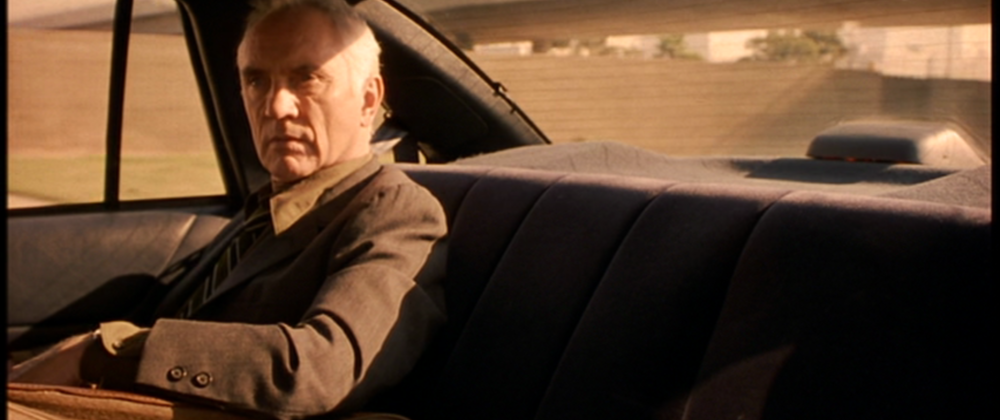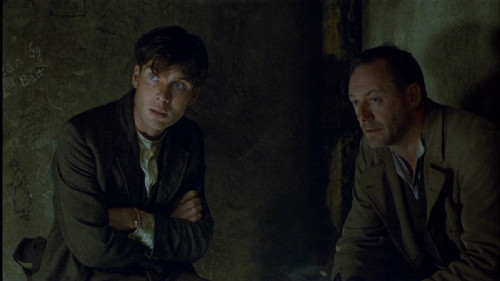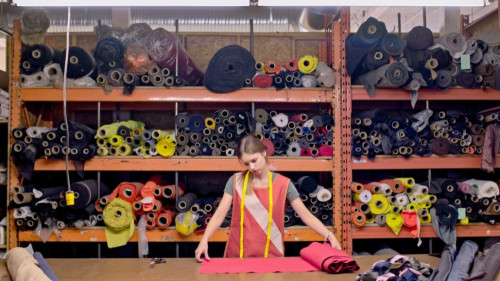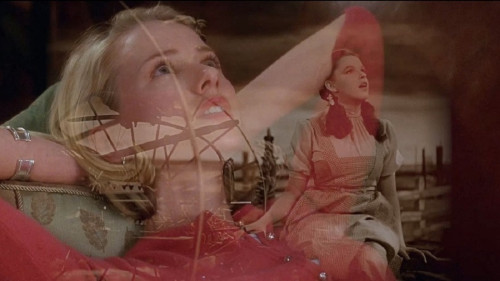Volume 15, Issue 5 / May 2011
Fragmentary Narratives
In this issue
-
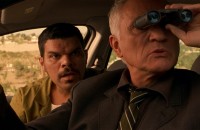
A novel telling in The Limey: Non-continuity montage in mainstream American cinema
-
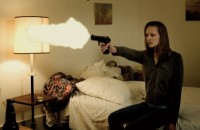
Sweet Karma (2010, Andrew Thomas Hunt)
Revenge Canadian Style
-
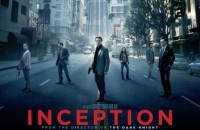
Inception: Film, Dreams and Freud
-
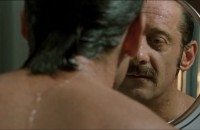
Segments of Madness in Emmanuel Carrère’s La Moustache
When the Surrounding Normalcy Speaks Lies and Madness
-

The Worth of Children and Their Parts: Never Let Me Go and Inhale
You have to know who and what you are!
In this issue Offscreen casts an analytical eye at a few films that attempt to tell familiar stories in unique ways: (mainly) straight-forward popular genre films told using non-linear or fragmentary narrative strategies. The subject of the first two essays, The Limey and Sweet Karma are films far apart in terms of pedigree, but both rely on one of the most venerable of plot types: the revenge story. The Limey is an A-level Hollywood film, directed by Steven Soderbergh and starring big name actors (Terence Stamp, Peter Fonda, Barry Newman) while Sweet Karma is a low budget Canadian film with little known actors that played largely at festivals before its secondary life on home video, thanks to Phase 4 Films. Soderbergh is known as a marketable director who likes to take chances with his material, and with The Limey blends entertainment with art house like few films ever have, largely through its revamped manipulation of continuity editing, which author G.S. Khoo calls “non-continuous montage.” Sweet Karma is as much an exploitation film as straight revenge film (with a feminist twist) but echoes The Limey in its general plot but also in narrative style (non-linear editing), especially in its opening scenes. The next essay concerns the brainchild of another risk-taking contemporary Hollywood maverick, Christopher Nolan, Inception, a film in which the action genre is a MacGuffin to explore cinema’s relationship to dreams, and the ability for cinema to project Plato-like Forms onto our collective screen minds. Writer Calvert convincingly argues that the genius of the film is not the way it problematizes what is real and what is dream but the way it seamlessly integrates psychoanalytical processes into “the fabric of the narrative.” Although Inception is at one level a big-budget Hollywood spectacle, and of epic length (148 minutes), it shares its dependence on psychoanalytical processes (and fractured narrative) with the subject of the next essay, the French film La Moustache, by Emmanuel Carrère. By contrast La Moustache is a modestly budgeted short film (86 minutes) which also hinges much of its narrative on the distinction between what is real and what is imagined. The central character Marc experiences a small trauma: he shaves off his long-standing mustache, but no one, neither his wife nor close friends, seems to notice, and in fact they even deny he ever had one. The incident leads the character on a path of psychic despair, identity loss and marital turmoil, all of which author Alessandra Pires relates to psychoanalysis, including Freud’s the double and the uncanny. The two films share other elements: a water motif and central characters who come across as being at once sane and insane (Marc in La Moustache and Cobb’s wife Mal in Inception). The final article of this issue stands alone, apart from the linking themes of non-linear or fractured narratives and psychoanalytical processes, Garrett’s double-pronged review analysis of Inhale and Never Let Me Go, two films that are linked by subject (the human and ethical dimension of medical science and organ donations). (Donato Totaro, ed.)

